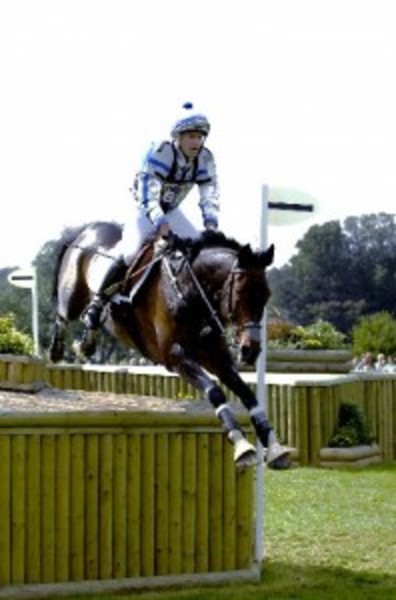As the Olympics approach, everyone is holding his or her breath in hopes that the eventing goes smoothly and safely, wihtout injury to horses or riders. It sounds like Hong Kong has done everything imaginable to ensure safety. And if there is a typhoon, they have made plans for rescheduling events!

Maybe one day we will look back on the past few years’ high rate of injuries and sigh, “If we only knew back then, what we know now…” Moving in that direction, rider and horse safety in the sport could be improved soon thanks to new research in Australia. The study collates and analyzes data on falls and injuries over a period of years for the first time.
The research, funded by the Rural Industries Research and Development Corporation (RIRDC) and supported by the Equestrian Federation of Australia (EFA), is the culmination of a five-year national surveillance program, which shows that the number of injuries per competitor is in fact lower than previously thought.
Eventing is enormously popular in Australia and is conducted around the country at all levels, from young riders at pony clubs to Olympic competitors. This study focussed on the cross-country phase of eventing.
The results of the five-year surveillance program have been entered into a new database known as SHARE (Safety for Riders and Horses in Eventing).
RIRDC’s General Manager of Established Industries, Margie Thomson, said the research would help inform those making the rules in equestrian sport.
“This research is important because it is the first time information has been collected for the sport of eventing alone. Most existing data on horse-related injuries and deaths does not distinguish between a whole range of horse-related activities with the potential to cause injury,” Thomson said.
The data is based on 1732 rider falls at 444 events around the country between 2002 and 2006 and reveals the rate of rider falls is only three for every 100 starters. This is lower than previously thought.
The fact that the SHARE system of data collection can be used by other nations’ equestrian federations offers the possibility of consistent data for international comparison and ultimately, a safer sport around the globe.
The research was prompted by a marked increase in the number of rider falls and fatalities, both in Australia and overseas in the late 1990s, which highlighted that there was little data on the health, social or financial costs of horse-related injuries.
The full report is available at www.rirdc.gov.au.








